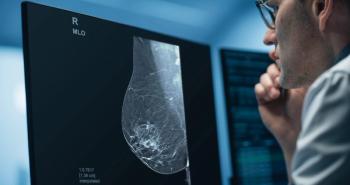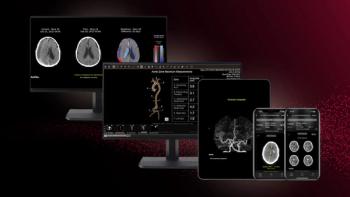
Columnist explores impact of healthcare reform on your practice
The phrase "thinking outside of the box" has been used enough that it has become a clich. But it still manages to convey some meaning, and we've got a good example of such thinking in this issue.
The phrase "thinking outside of the box" has been used enough that it has become a cliché. But it still manages to convey some meaning, and we've got a good example of such thinking in this issue.
Kirk Reinitz, who contributes occasional practice management articles for us, has tackled the topic of healthcare reform and what is likely to happen after this fall's national election. Reinitz has managed to get beyond the "end of the world . . . or not" debate about healthcare reform that so often dominates our polarized political environment to tease out some fairly specific conclusions about what it could mean for radiology practice.
Among the surprises: Imaging centers, hard hit in 2007 by federally ordered cuts in reimbursements, could benefit if healthcare reform boosts imaging volume.
At the same time, radiologists could end up working harder for less money if volume goes up and the government still manages to hold the line on expenditures.
The latter prediction, of course, may not be that surprising. There's a sizable group of radiologists who say that's been the trend for some time anyway.
But how Reinitz gets to that point is enlightening. And what he has to say is important for radiologists to understand as we approach the election and consider the various proposals for reform.
You're going to hear a lot about healthcare reform as the election approaches. It's our hope that we can give you information you won't find elsewhere about what it means for the practice of radiology.
-John C. Hayes is Editor of Diagnostic Imaging.
Newsletter
Stay at the forefront of radiology with the Diagnostic Imaging newsletter, delivering the latest news, clinical insights, and imaging advancements for today’s radiologists.




























